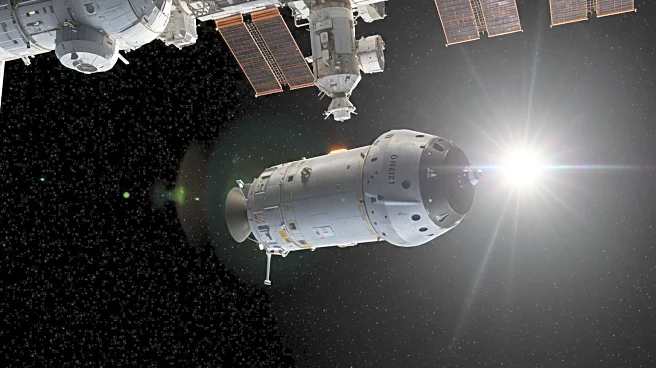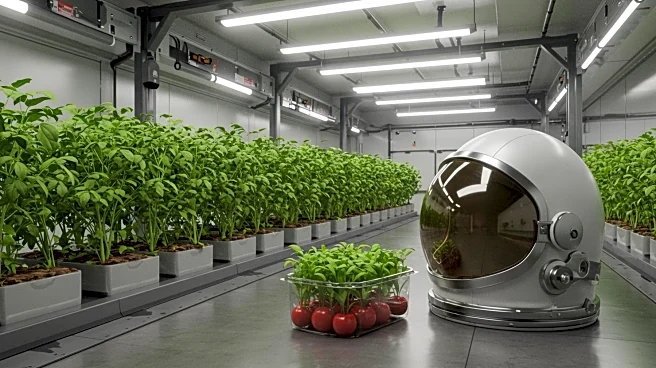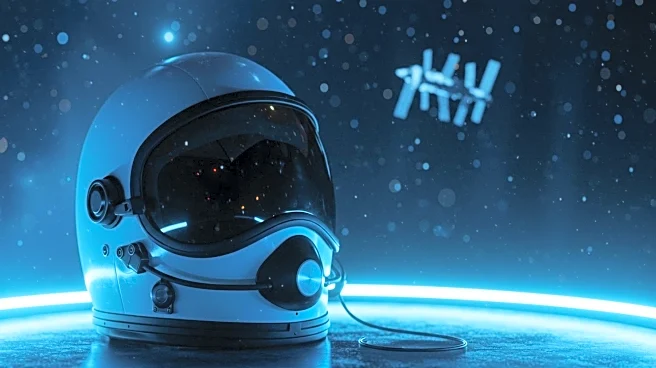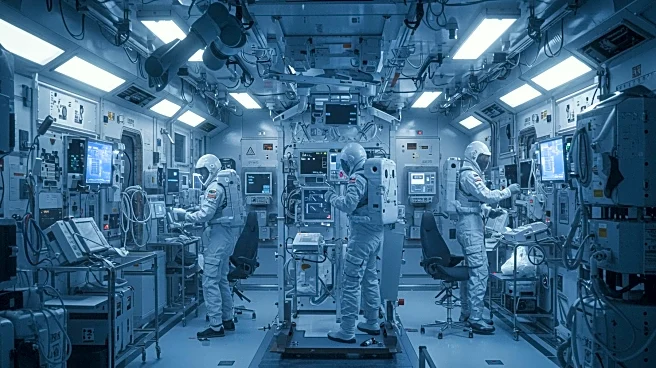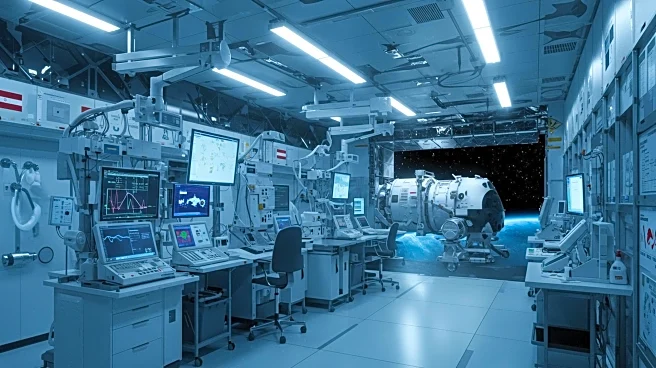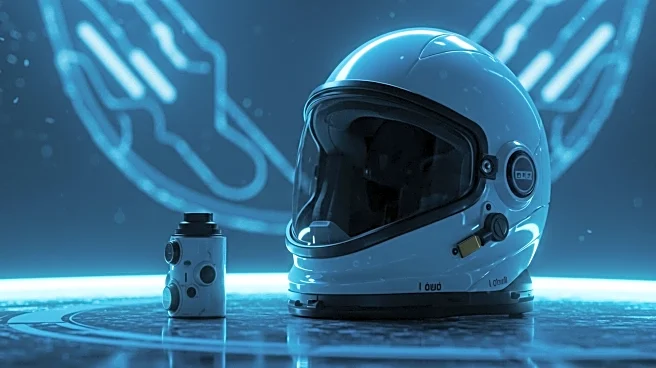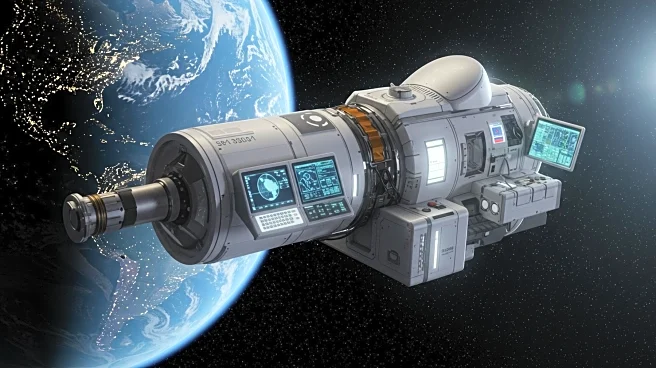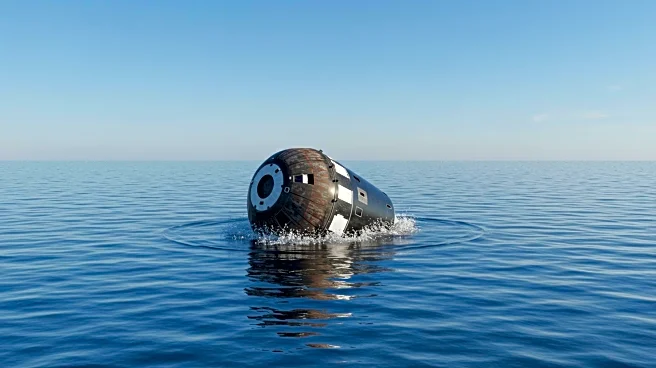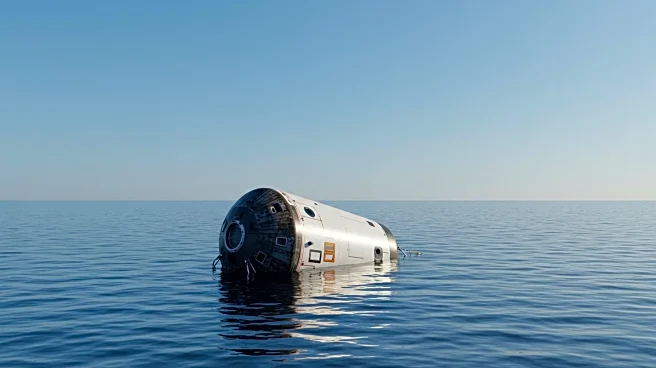Rapid Read • 7 min read
NASA's VEG-03 experiment, conducted by Crew-11 astronauts aboard the International Space Station, is focused on growing fresh food in space. The experiment involves planting seed pillows containing Wasabi mustard greens, Red Russian Kale, and Dragoon lettuce in a chamber called Veggie. This system uses LED lights to simulate sunlight and create a controlled environment for plant growth. Astronauts will monitor the plants, add water, and document their growth, with some produce consumed in space and others returned to Earth for analysis.
AD
The ability to grow fresh food in space is crucial for long-duration missions to the Moon and Mars, providing nutrition and psychological benefits to astronauts. This experiment aims to validate different crops for space cultivation, enhancing dietary variety and autonomy for crew members. The techniques developed could also improve agricultural practices on Earth, offering new methods for indoor crop cultivation and horticultural therapy.
NASA will continue to analyze the nutritional content and safety of the crops grown in space. The success of VEG-03 could lead to expanded space agriculture initiatives, supporting future exploration missions. Collaboration with agricultural experts on Earth may further refine these techniques for broader application.
The experiment highlights the intersection of space exploration and agricultural innovation, potentially influencing sustainable farming practices on Earth. It also underscores the importance of psychological well-being in space missions, as fresh food can boost morale and mental health.
AD
More Stories You Might Enjoy
